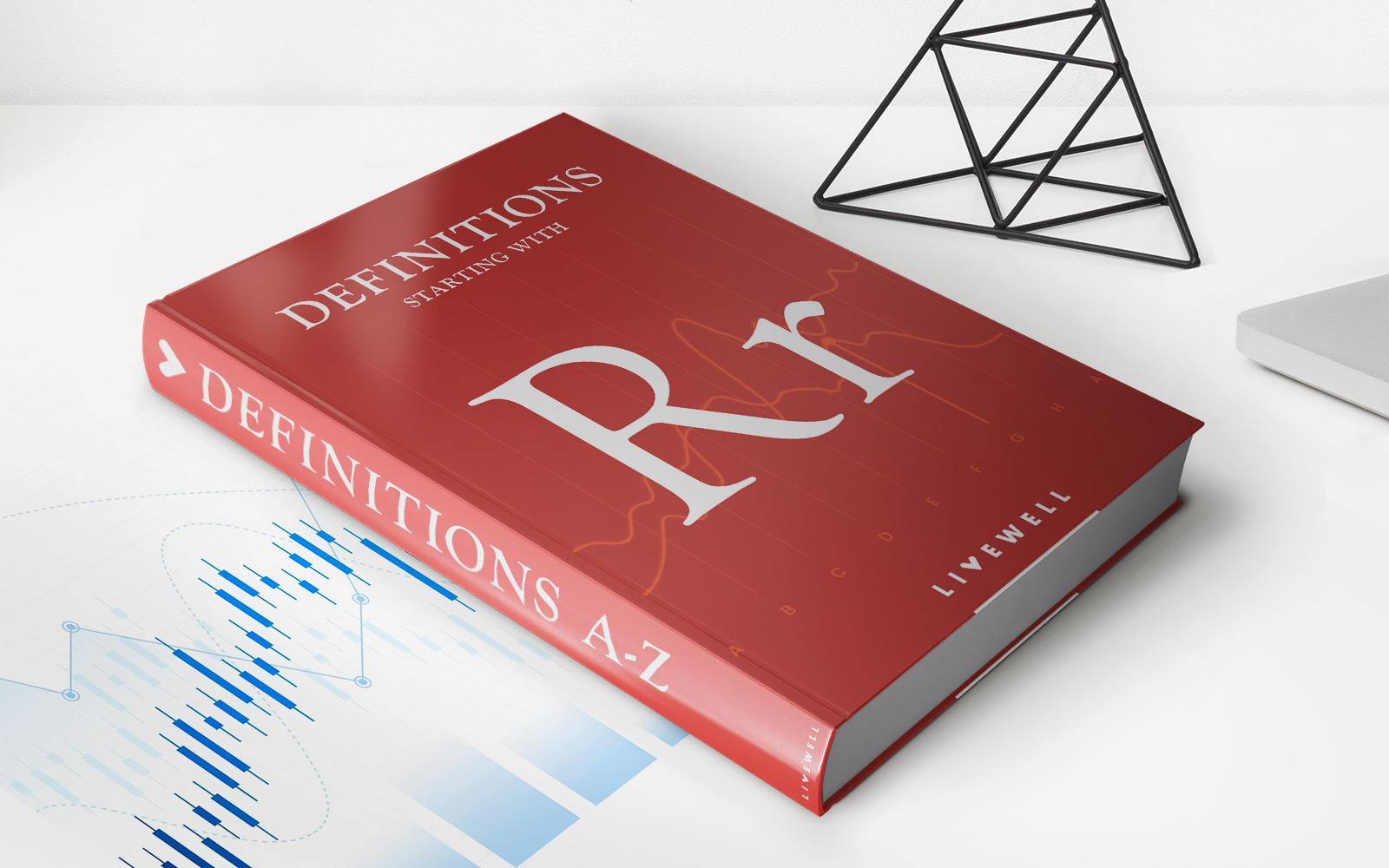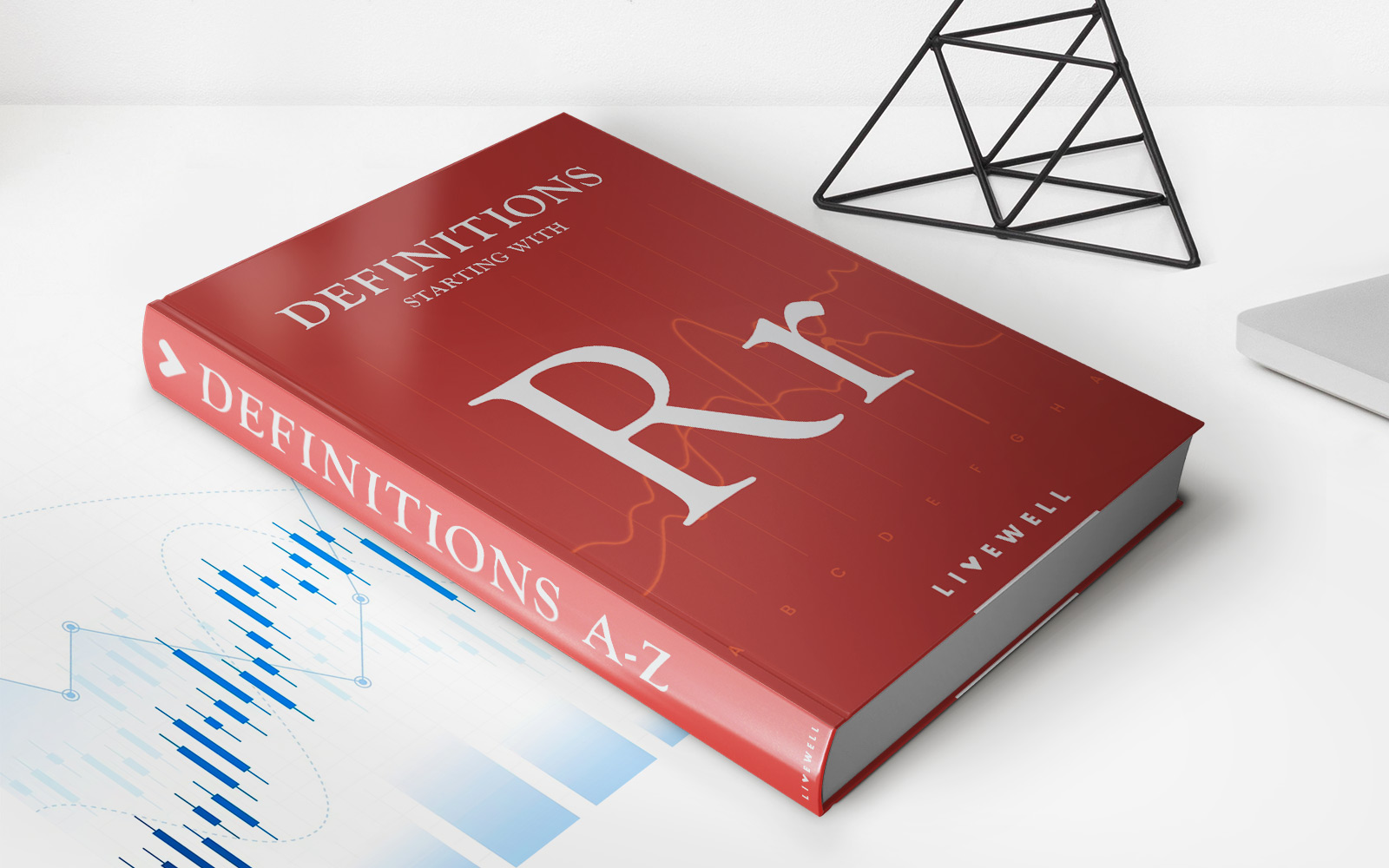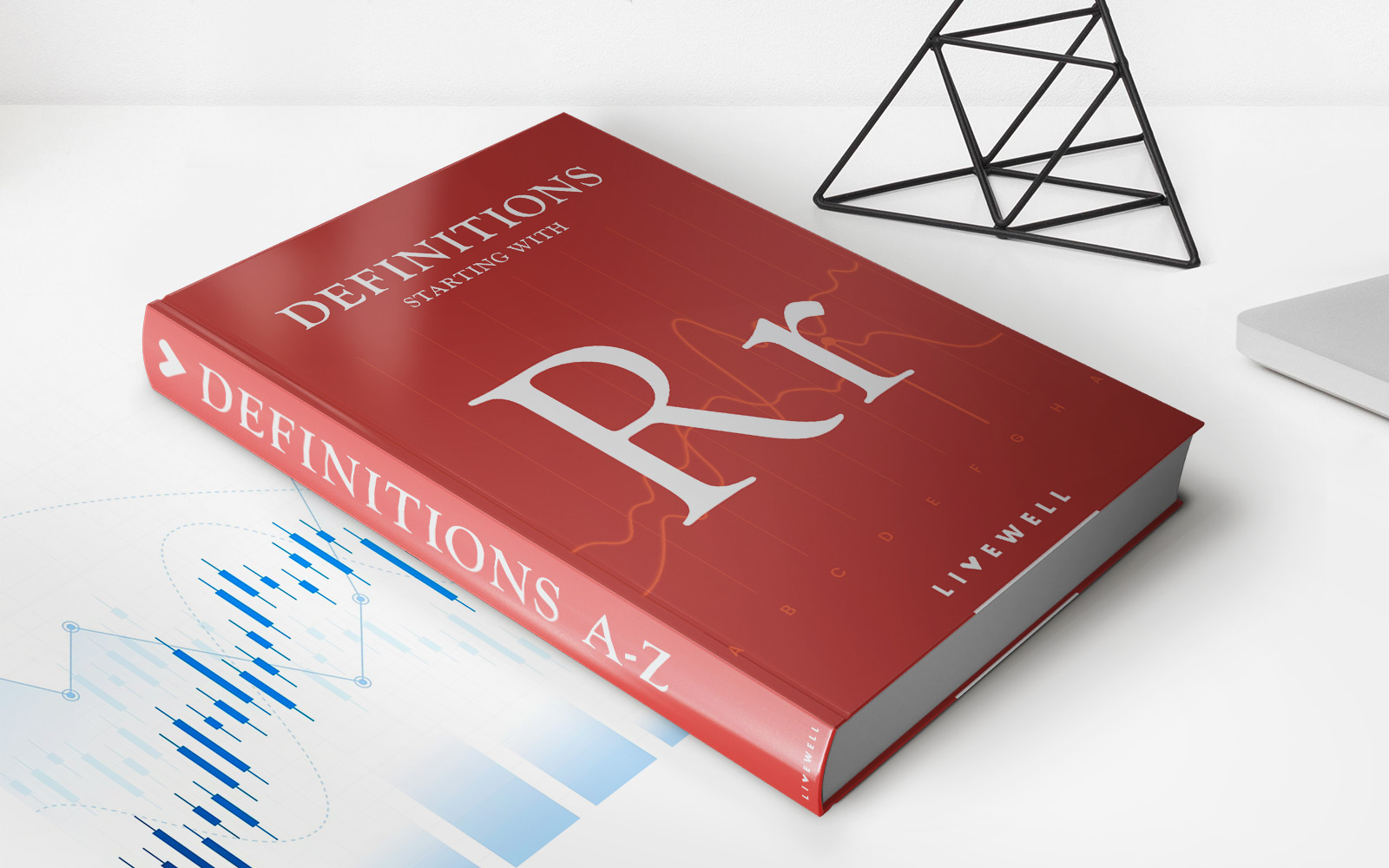

Finance
Dividend Rollover Plan Definition
Published: November 13, 2023
Learn how the dividend rollover plan can help you strategically manage your finances, maximizing your returns and minimizing tax implications.
(Many of the links in this article redirect to a specific reviewed product. Your purchase of these products through affiliate links helps to generate commission for LiveWell, at no extra cost. Learn more)
Understanding the Dividend Rollover Plan: A Smart Strategy for Long-term Financial Growth
When it comes to building wealth and securing your financial future, having a well-diversified investment portfolio is essential. One popular strategy that investors often employ is the dividend rollover plan. But what exactly is a dividend rollover plan and how can it benefit you? In this blog post, we will explore the definition of a dividend rollover plan, its advantages, and how you can implement it to build long-term financial growth.
Key Takeaways:
- A dividend rollover plan allows investors to reinvest dividends received from a stock or mutual fund back into the same security.
- This strategy helps investors compound their returns, take advantage of the power of compounding, and accelerate wealth accumulation over time.
So, what is a dividend rollover plan? In simple terms, it is a strategy where investors choose to automatically reinvest the dividends they receive from a stock or mutual fund back into the same security. Instead of pocketing the dividend payments, shareholders elect to use them to purchase additional shares of the same company or fund.
Dividend rollover plans offer several advantages for investors:
- Power of Compounding: By reinvesting dividends, investors can take advantage of the power of compounding. As the number of shares increases, so does the potential for future dividend payments, ultimately leading to accelerated wealth accumulation over time.
- Automatic Investing: Dividend reinvestment plans are usually set up to occur automatically, eliminating the need for manual reinvestment. This not only saves time but also ensures consistency in the investment strategy.
- Reduced Transaction Costs: Dividend reinvestment plans often come with lower transaction costs compared to buying additional shares separately. This cost-effectiveness can help maximize returns and reduce expenses in the long run.
- Long-Term Focus: By reinvesting dividends, investors demonstrate a long-term perspective and commitment to their investment strategies. This approach can be particularly beneficial for individuals looking to build long-term financial growth.
Implementing a dividend rollover plan is typically straightforward. If you already own stocks or mutual funds that offer dividend reinvestment plans, you can contact your financial institution or brokerage to enroll in the program. Alternatively, you can consider purchasing shares of companies or funds that offer dividend reinvestment plans if you’re looking to start fresh.
Remember, dividend rollover plans are not suitable for all investors. Before implementing any investment strategy, it’s important to evaluate your individual financial goals, risk tolerance, and consult with a qualified financial advisor for personalized advice.
In conclusion, a dividend rollover plan is a smart strategy for long-term financial growth. By reinvesting dividends, investors can compound their returns, automatically invest, reduce transaction costs, and maintain a long-term focus. Consider exploring dividend reinvestment plans and see how they can help you achieve your financial goals.














